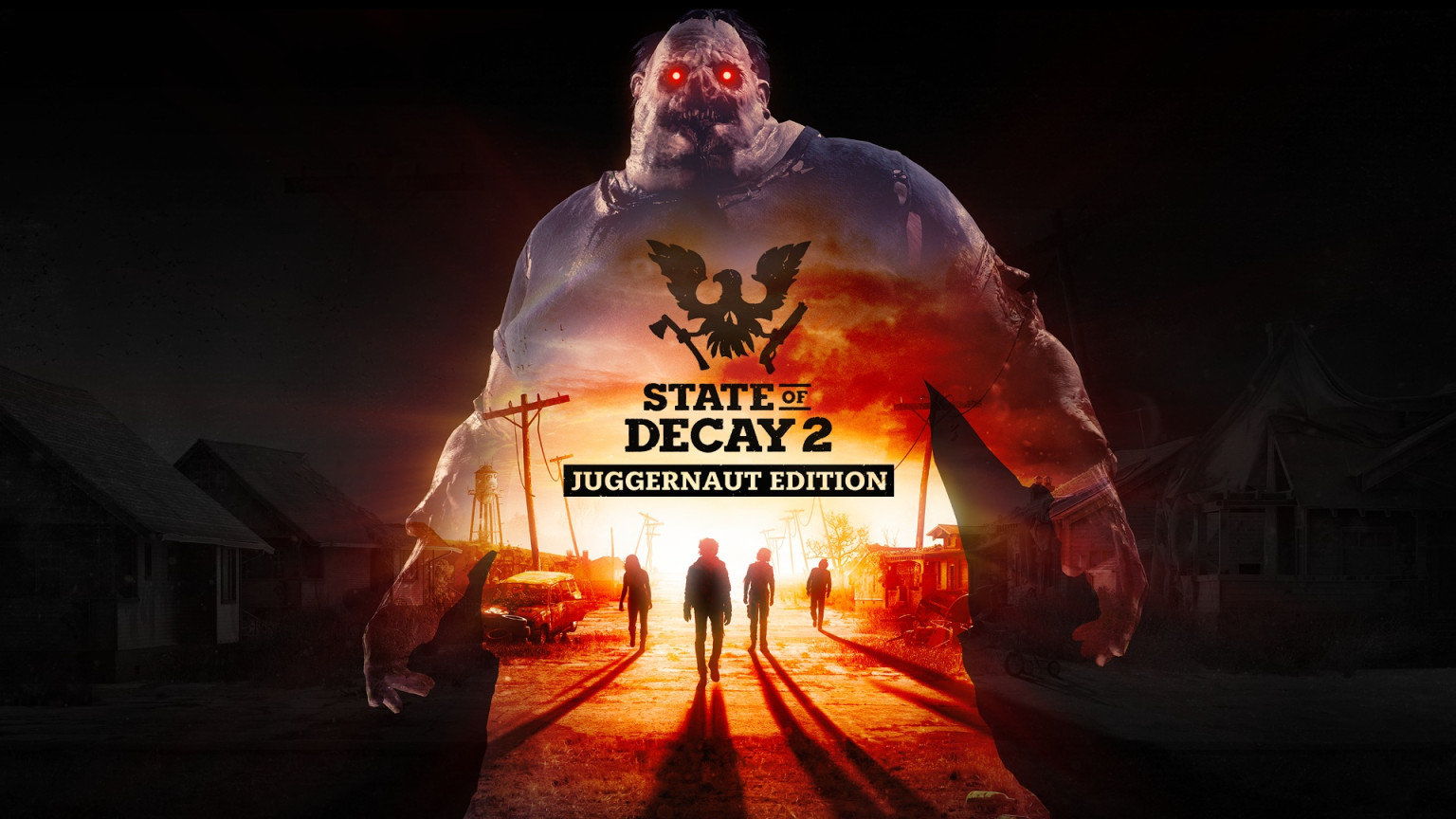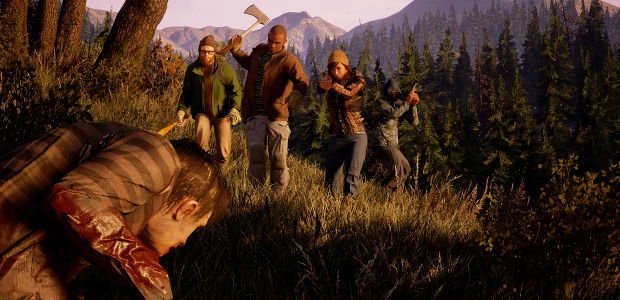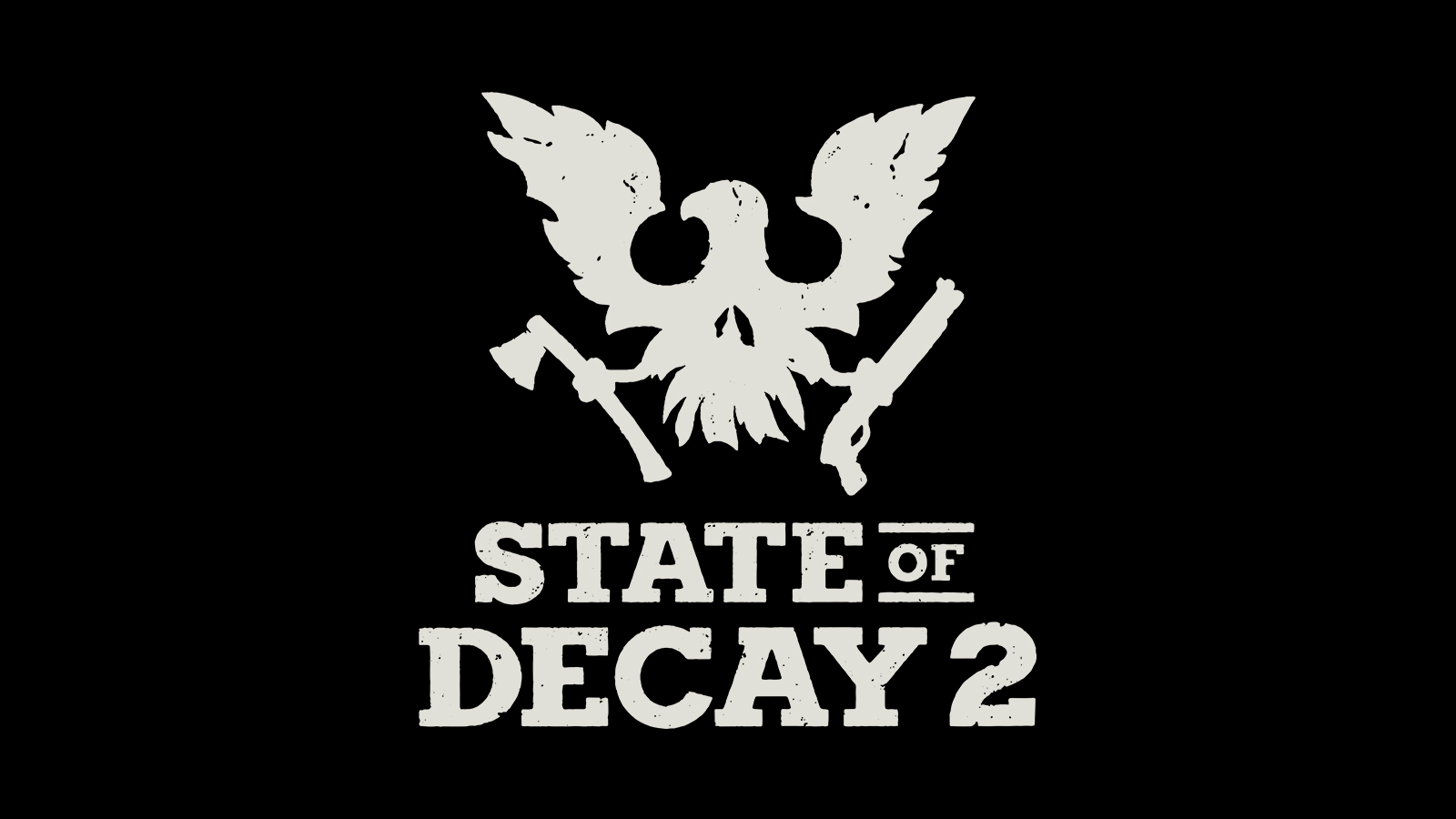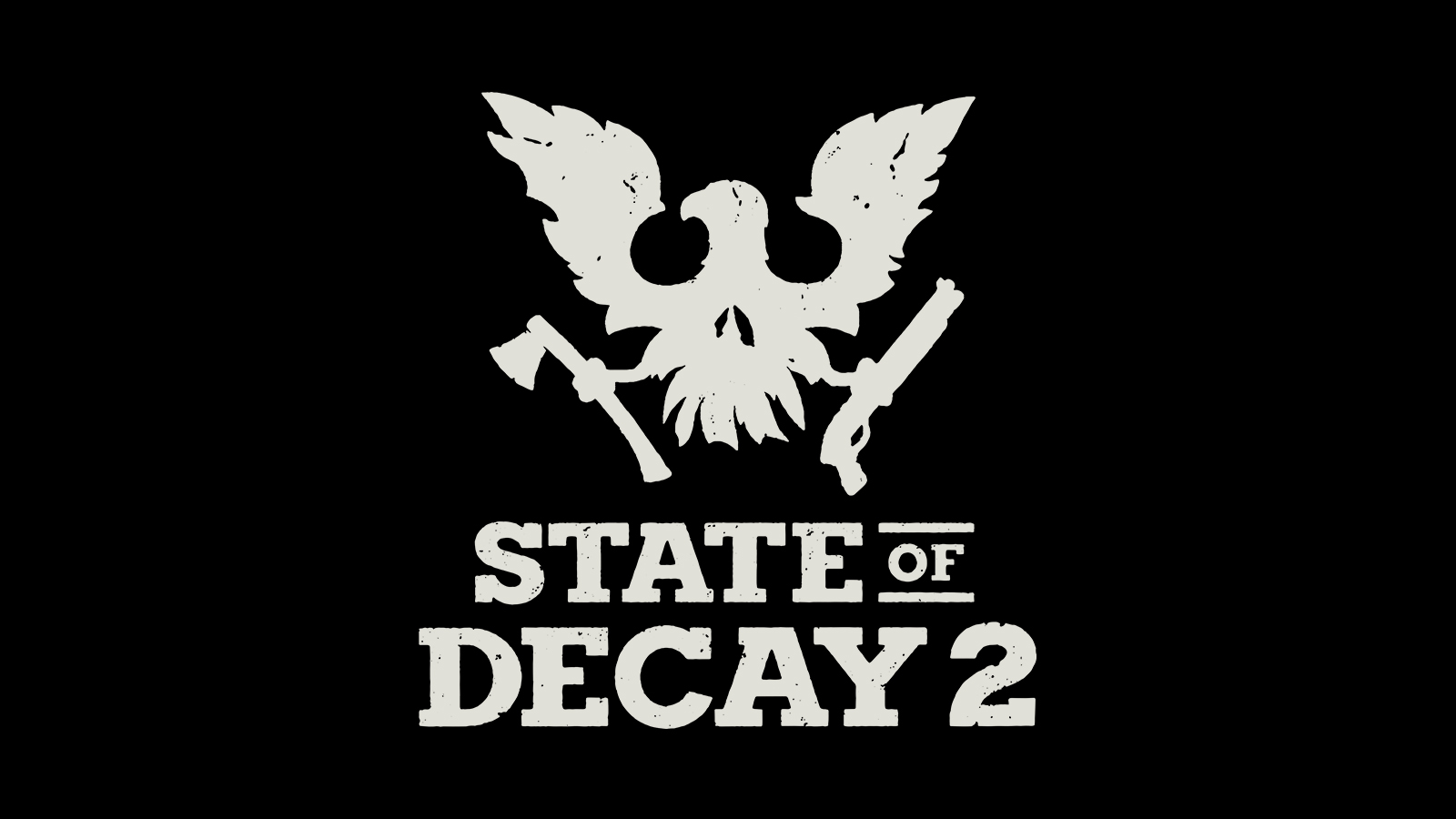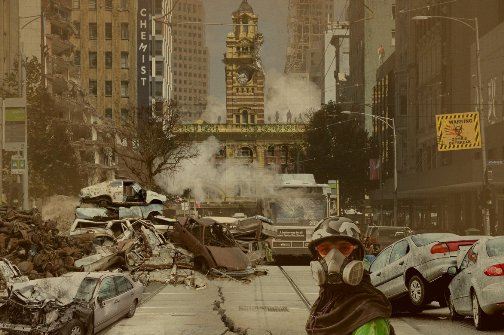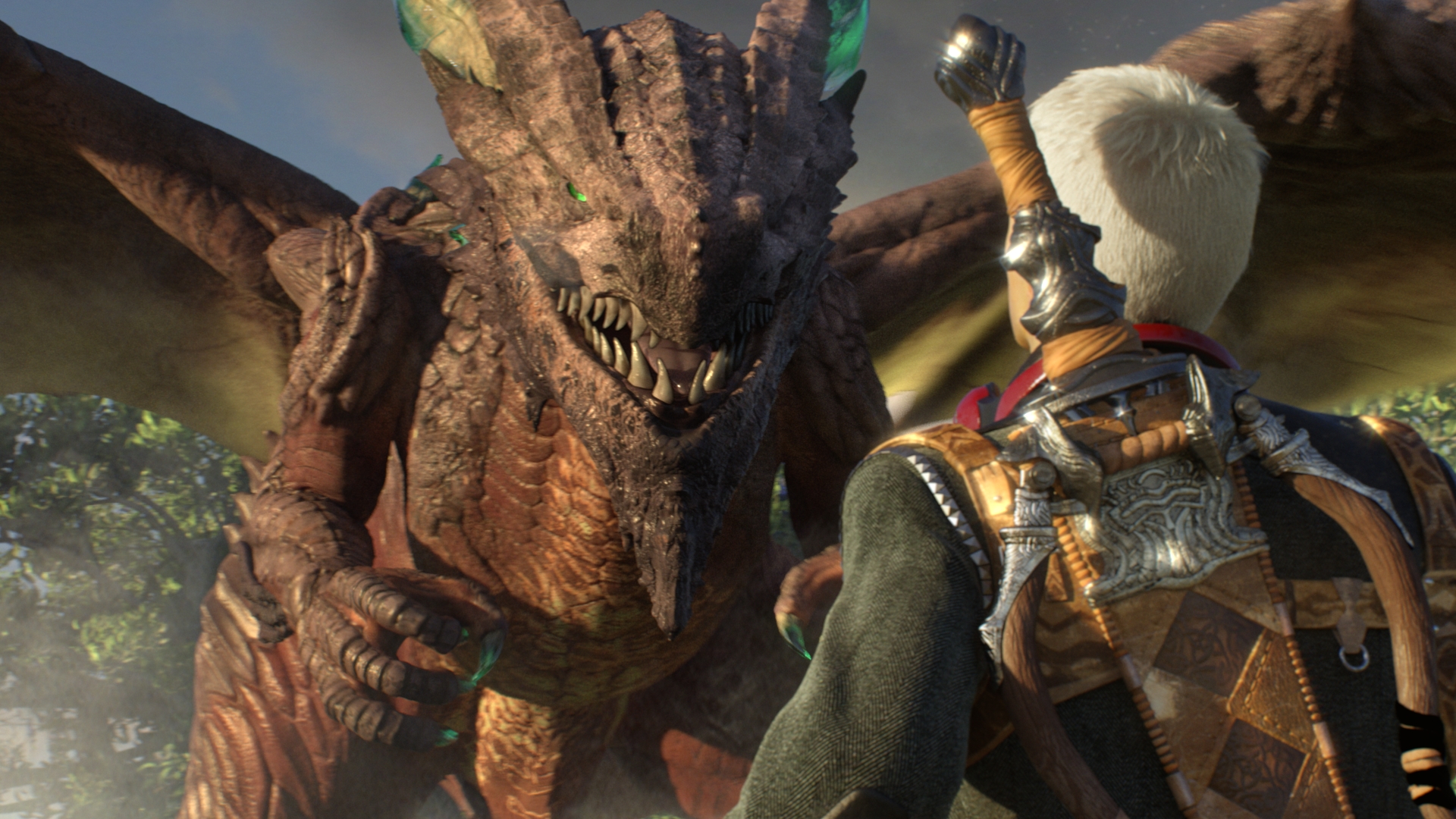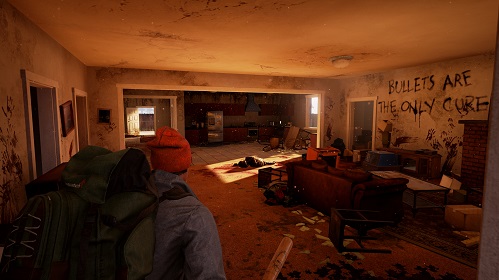
Multiplayer gaming has long been the thing du jour for Microsoft, but that has been double present with two first party games of 2018 so far. Sea of Thieves was a large polished sandbox built on social interaction but was lacking in much actual game content, as I said in my review of the game earlier in the year. State of Decay 2 presents a decidedly different state of affairs, wrapping together a multitude of different game systems to manage with a layer of ever-present and ever-frustrating jank.
Zombies and the post-apocalypse have quickly become two of the most overused settings in all forms of media. You’d be hard pressed to go a year without having multiple games, books, movies and tv shows being announced focusing on the topics and how humans will act during and after them. So, I wouldn’t blame for feeling a little disinterested in State of Decay 2 based on its setting. However, despite the oversaturation of zombie media across the world, it proves the perfect backdrop for the type of depressing survival game Undead Labs have delivered. Unlike other games, where you catch glimmers of hope and believe you can thrive in the wastelands of the world, State of Decay 2 makes it quickly clear that you will not thrive. In fact, you’ll likely struggle to survive and eek out a basic existence. While this may sound off putting, the game’s particular brand of grim bleakness helps to enforce the gravity of your situation and actively pushes you to strive for survival. I didn’t expect to feel so engaged by despair before I begun playing, but all it took was an hour in the game and I left each session planning on what I could do next time to improve my survivor’s existence.

This engagement is built by the world of State of Decay 2 and the mechanics that fill it. While Sea of Thieves may have been a game that lacked in meaningful mechanics, State of Decay 2 layers systems upon systems to create a game that feels incredibly deep, despite each mechanic being shallow on its own. The first of these systems you’re introduced to in-game is your character’s stamina and health. Stamina is quickly depleted as you sprint, dodge and attack zombies, before slowly regenerating, while health decreases as you take damage but doesn’t regenerate. These two together mean that you have to enter battle strategically, and sparingly, as losing stamina mid-fight can quickly result in health loss and being forced to use scarce healing items to heal. On top of this, both your stamina and health can be temporarily reduced by exhaustion and injuries, forcing you to change survivors for extended periods while you wait for one to heal. While running out of stamina or health don’t have much impact in other games, in State of Decay 2 running out of stamina means no dodging, which means losing health as zombies get to you faster and easier, which quickly leads to the permanent death of your survivor. That’s right, unlike other zombie games where death is meaningless, dying in State of Decay 2 can mean losing a survivor that you have put hours into and the stat gains they have made.
In fact, you’ll quickly find that any form of quick action in State of Decay 2 is likely to bring an element of risk with it. Searching containers quickly has a chance to cause a loud noise, drawing nearby zombies straight to you. Charging into an area or building without properly scoping it out will likely find you running into a small horde of zombies that can quickly put a dent in your health. If you’re lucky, a small horde of zombies is all you’ll find, as opposed to the many deadly special zombies you can have the misfortune of finding in the game. This ranges from Screamers, who do exactly as their name suggests calling zombies in a large radius towards you, to Bloaters, who explode on death and emit a damaging gas into the air, and more. Even single zombie can cause a large threat to you if you’re not careful and you’ll find that you’re constantly on edge as you traverse the world.

While you explore the world, looting buildings for supplies, helping other survivors and wiping out zombie hordes, you’ll always return to one place – your base. This is where State of Decay 2’s systems begin to shine, as your characters, their resources and individual strengths and weaknesses blend together with your base’s close quarters and limited resources. As each day passes your resources will be eaten away, as your survivors utilise them to survive. Food is eaten, medicine is used to heal, and ammo is used defend against roving hordes that look to break into your base. You can build a limited number of additions to your base as well, which can add regenerating resources, crafting and increased morale, as well as secure two outposts that can provide further benefits. But these don’t provide enough to live by, and if resources start to drop or moral begins to wane, you’re likely to have unhappy survivors who can quickly become antagonistic towards each other. No matter what you do, you’re always chasing some resource or other and this keeps the game engaging over time.
State of Decay 2’s mechanics are fantastic, but unfortunately the trappings surrounding them are anything but. From first boot, it is eminently apparent that graphical and artistic polish was not a focus of Undead Labs. The world is bland, with muddy and basic textures, filled with constantly repeated assets. Architectural variety is non-existent, with the same small set of buildings repeated countless times throughout the world. Foliage is sparse and what’s there wouldn’t look out of place in a game from the last generation. In fact, that’s a criticism that can be made against the whole of State of Decay 2. The jagged-edged, muddy-textured and brown/grey palette-world look nothing like what I’ve come to expect from current generation games – even those with small budgets. Yet, despite not being a graphical showpiece in any sense, State of Decay 2 still can’t manage to hold a steady framerate. No matter where I was in the world, and how little/much was going on onscreen, I was never free of massive framerate drops or stuttering.

This lack of technical prowess continues with the game’s frustrating controls and myriad of annoying glitches. Controlling your survivor or a vehicle in State of Decay 2 is a descent into floaty movement, unresponsive contextual controls and ill-conceived collision detection. This is most apparent when trying to jump a fence while near a zombie. Jumping a fence uses the same button as kicking a zombie, and it’s a bit of a crapshoot as to which the game decides you’re trying to do. The collision detection is woefully poor as well, with incredible inconsistencies between walking and driving a vehicle. Sprinting past a door or gate, but get within a meter of it? The game is 100% you mean to slam yourself through it, despite not once facing it or touching it. Want to jump through a window? Get ready to slam yourself into it three times before the game recognises what you’re trying to do. Want to drive a car? Watch out, otherwise it might merge into rocks you go over, leaving it unrecoverable or somehow end up the freeway dividers phasing into the side of your car and flipping it if you get too close. Add in a slew of characters and enemies merging into props or buildings and sound glitches that will cause your speakers to spew loud static while you frantically try to work out how to stop it. Saying that State of Decay 2 is a mess is akin to saying that Rockstar takes forever to develop games now – a frustrating fact that you wish wasn’t true.
The more I played State of Decay 2, the more enamoured I became with its systems and the more frustrated I became with its technical failings. There is a fantastic game there, but it’s hidden under a layer of crud that makes you want to quickly walk away. Once the game has received some patches to iron out its problems it could be fantastic, but as it stands I cannot recommend it to any but the biggest fans of zombies and jank.
- Grim, bleak feeling is perfectly portrayed within the game - Mechanics are multi-layered and engaging
- Controls are floaty and collision is inconsistent - Graphics are bland, muddy and lack variety - Doesn't come close to maintaining 30fps - Technical glitches and jank abound

